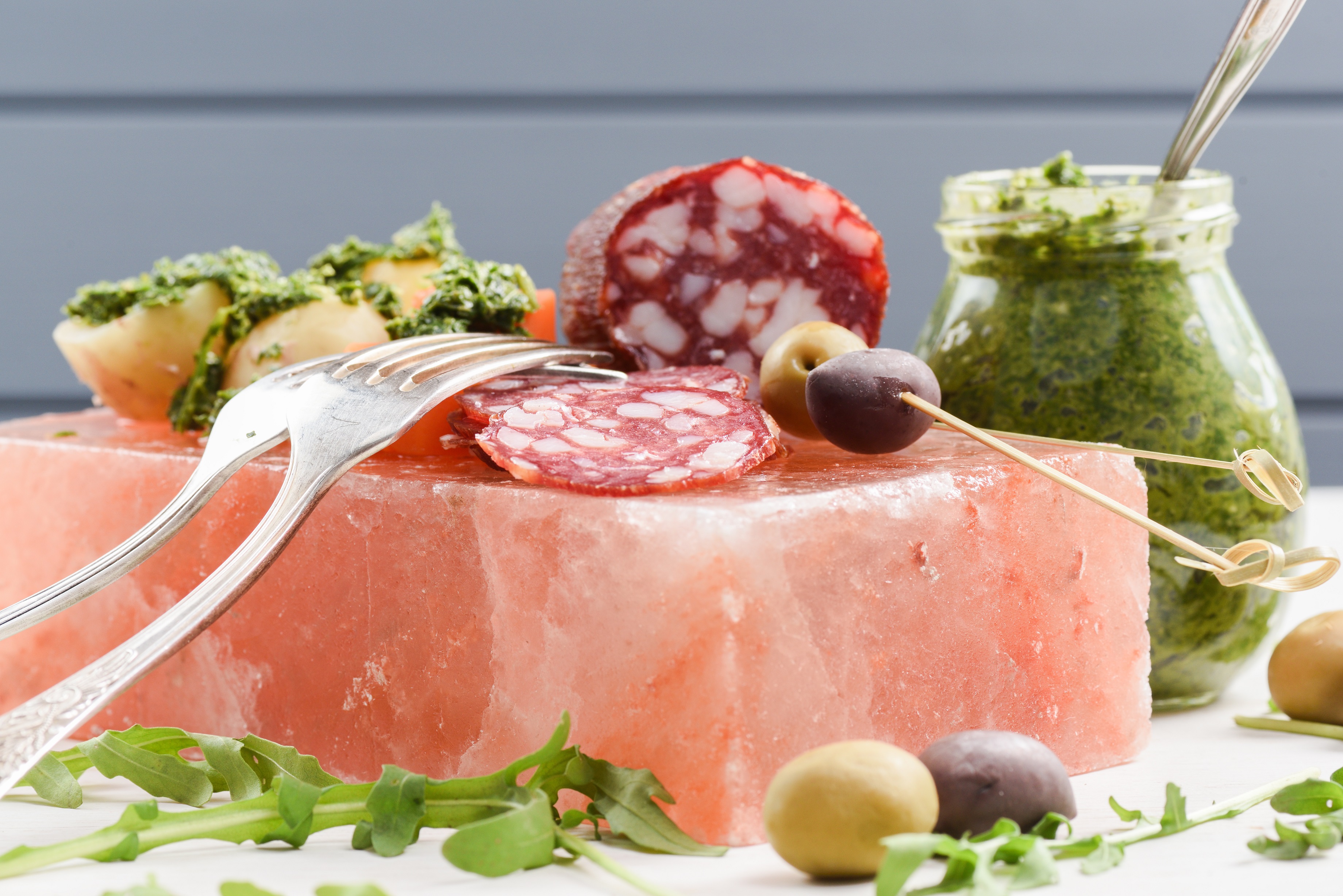Flash Sale 25% Off. Use Code USA25! (Exclude wholesale, jumbo lamps and sale items)
- Refund policy
- FAQs
- Contact us
- Special Offers
- Account
-
Cart
0 item(s) - $0.00
Your shopping cart is empty!

Salt is one of the most used ingredients in the kitchen. Although it serves a variety of purposes, salt is mainly used as a flavor enhancer. Affecting both bitter and sweet senses, table salt is added to nearly every dish made. However, table salt is highly processed and contains very few, if any, minerals needed for human survival. Even so, we will continue to consume salt.
Being that salt will always be present, wouldn’t it make more sense to consume gourmet salt which provides beneficial features? Yes, there is such a thing; it’s called Himalayan gourmet salt. We won’t get into too many details in this article, but you can click here to learn more about the nutritional value of Himalayan salt.
Here, we are going to assume you’ve made the right choice to replace your traditional bleached table salt with natural gourmet Himalayan salt. First off, nice work! We promise you won’t regret making the switch. However, cooking with Himalayan salt can be much different than what you’re used to. This article will provide you with a few helpful tips to get your new, healthy cooking experience off in the right direction.
As we previously mentioned, salt is primarily used in cooking to enhance flavor. When cooking with a gourmet salt, you’ll be dealing with a coarser grain. Thus, depending on preference you may need to add a little more. For example, consider a teaspoon of table salt. It’s finely ground and contains about 2,300 mg of sodium. Now consider a teaspoon of gourmet salt, which is much denser. This second teaspoon will contain approximately 2,000 mg of sodium.
That being said, when comparing the two salts, you typically will not need to use as much of the Himalayan salt as the flavor is bolder than table salt. A good rule of thumb is that one tablespoon of table salt equates to two tablespoons of gourmet salt. Less is more.
This answer can vary depending on what you’re cooking. For example, if you are looking for an element of water absorption for vegetables, adding salt at the beginning of the process is ideal. However, if you salt your meat first, it will bring the natural juices to the surface creating an outer crust. Versus adding the salt at the end of cooking your meat to reabsorb any of those juices and keep the meat tender.
An excellent alternative to adding salt directly into your meal is a salt block. Lucky for you, Himalayan salt is the only salt available in this form. For your next meal, try skipping the addition of salt and serve up your fish or meat on a salt block. The protein will absorb the minerals leaving your taste buds ecstatic! Keep in mind; if the flavor is too overwhelming, you can always use the block as a cutting board for lessor absorption.
At Himalayan Salt Company, we offer the purest Himalayan gourmet salt available. Click here to view our online selection.